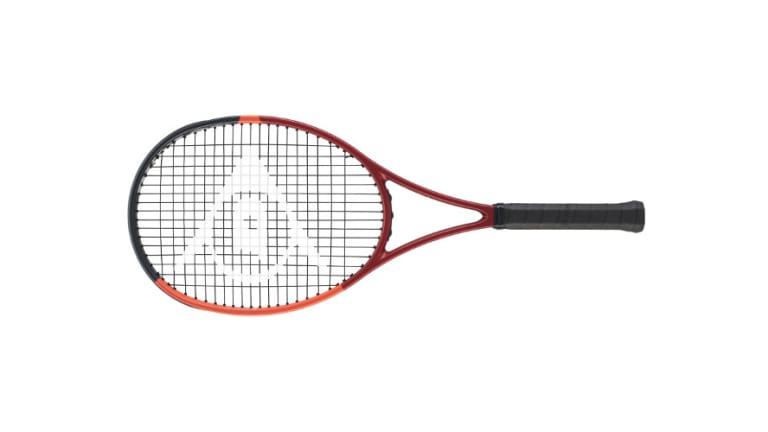Your Game
Racquet Review: Dunlop CX 400 Tour
By Apr 21, 2024Your Game
Tecnifibre releases special-edition Danille Collins pickleball paddle
By Oct 04, 2025Your Game
Racquet Preview: Solinco unveils Blackout V2
By Sep 24, 2025Your Game
Geared Up: Victoria Mboko is turning heads in all Wilson
By Sep 23, 2025Your Game
Racquet Review: Dunlop CX 200 (18x20) Limited Edition
By Sep 17, 2025Your Game
Racquet Review: Wilson Ultra Pro 99 v5
By Sep 14, 2025Your Game
Yonex goes dark on Percept racquet line
By Aug 28, 2025Your Game
Babolat gives the Pure Strike a makeover with carbon grey cosmetic
By Aug 25, 2025Your Game
Head launches second edition of Speed Legend series
By Aug 24, 2025Your Game
Asics releases its Night Energy Collection
By Aug 23, 2025Racquet Review: Dunlop CX 400 Tour
A well-rounded and polished frame that matches controllable power and all-court versatility with a comfortable, modern feel.
Published Apr 21, 2024
Advertising

Belgian Sofia Costoulas using the CX 400 Tour during the Billie Jean King Cup.
© Getty Images for ITF

Dunlop CX 400 Tour